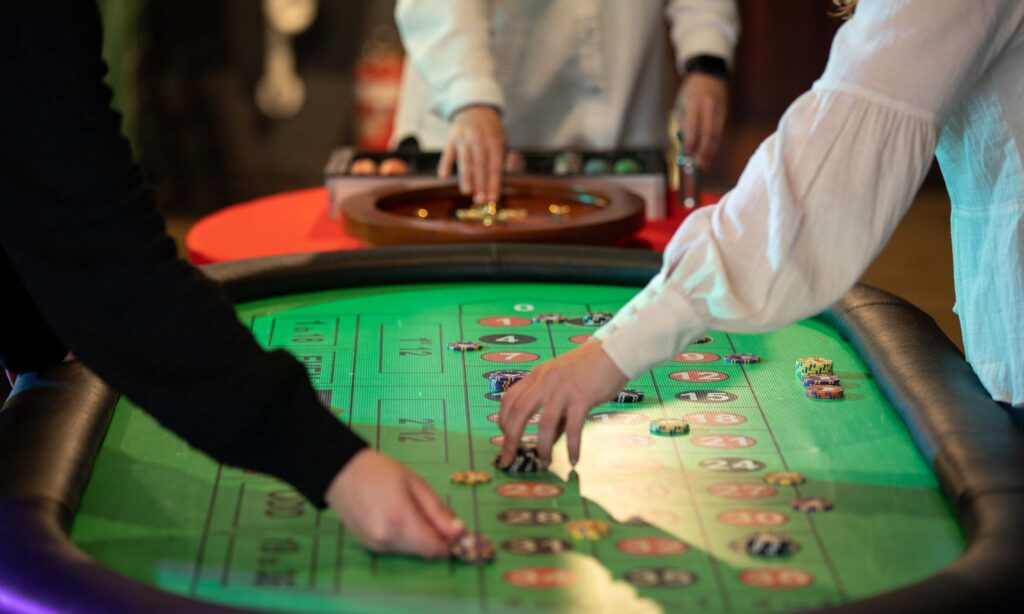The allure of the casino is undeniable, with its vibrant lights, captivating sounds, and promises of fortune. However, beyond the glitz and glamour lies a meticulously crafted environment designed to manipulate player behavior. In this article, we delve into the fascinating world of casino game design and explore how it influences the psychology of players.
The Psychology of Casino Game Design
Casinos are masterful at creating environments that stimulate the senses and captivate the mind. Visual and audio elements play a crucial role in this process. The use of vibrant colors, flashing lights, and immersive sound effects serves to arouse players’ emotions and heighten their excitement levels. These elements are strategically employed to maintain players’ attention and encourage prolonged engagement with the games.
Moreover, game mechanics are carefully designed to keep players hooked. One of the most powerful tools at the disposal of casino game designers is the use of rewards systems and intermittent reinforcement. By offering players occasional rewards, such as small wins or bonuses, casinos create a sense of anticipation and excitement, motivating players to continue playing in the hopes of achieving bigger rewards. This intermittent reinforcement schedule is highly effective in sustaining behavior, as players become conditioned to expect rewards despite the unpredictability of their occurrence.
Accessibility and ease of play are also key factors in casino game design. Games are designed with simplified interfaces and intuitive gameplay mechanics to make them accessible to a wide range of players, including those with limited gaming experience. This ensures that players can quickly grasp the rules of the game and start playing without feeling intimidated or overwhelmed. By lowering the barrier to entry, casinos are able to attract a larger audience and encourage frequent participation.
Check out the latest offers and promotions for casino games at https://kodypromocyjnemaniacy.pl/oferty-gier-kasynowych/ and elevate your gaming experience today!
Behavioral Patterns in Casino Environments
Within the casino environment, certain behavioral patterns emerge among players. One such pattern is the Gambler’s Fallacy, which refers to the belief that past outcomes influence future results in games of chance. For example, a player may believe that a slot machine is “due” for a payout after a series of losses, leading them to increase their bets in anticipation of a win. This fallacious thinking can lead to irrational decision-making and excessive risk-taking behavior.
Loss aversion is another psychological phenomenon that influences player behavior in casinos. Research has shown that individuals tend to experience the pain of losses more acutely than the pleasure of equivalent gains. As a result, players may be more reluctant to accept losses and more inclined to take greater risks in an attempt to recoup their losses. This propensity for risk-taking can lead to problematic gambling behaviors and financial losses.
Ethical Considerations and Responsible Gaming
The pervasive use of psychological tactics in casino game design raises ethical concerns regarding the exploitation of vulnerable individuals. While casinos have a responsibility to maximize profits for their stakeholders, they also have an obligation to protect the well-being of their patrons. This dilemma underscores the importance of promoting responsible gaming practices and implementing player protection measures.
Conclusion
The psychology behind casino game design is a fascinating subject that sheds light on the complex interplay between design elements and player behavior. By understanding the psychological mechanisms at play, we can gain insight into the allure of casinos and the factors that contribute to problematic gambling behaviors. Moving forward, it is essential for casino operators to strike a balance between profitability and ethical responsibility, ensuring that players are able to enjoy the gaming experience responsibly and without undue harm.


